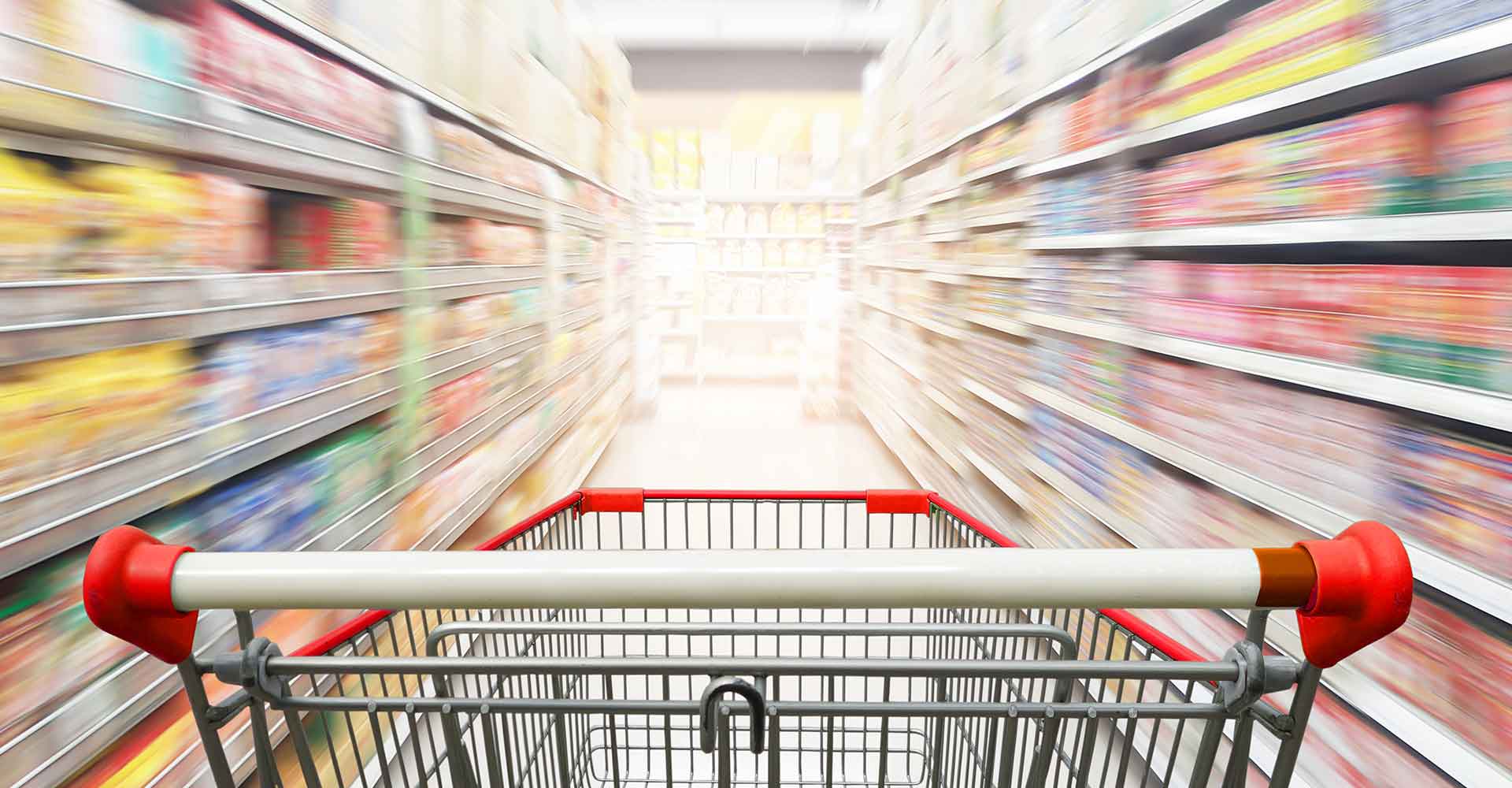Fighting Climate Change as you shop?
In the new world of Coronavirus, has Climate Change fallen into the background again…?
No…
We know that it seems that Coronavirus has taken over our world, physically and socially. And it has. It dominates every headline, every news story. And in the meantime, climate change was looking like it had lost whatever attention it had grabbed from the public, as our governments, global leaders and our communities try to fight this global pandemic.
But, it’s not all bad news for the environment. We have all heard the stories and certainly seen some evidence that that ‘Coronavirus has in some way ‘helped the planet’. There is no doubt that less traffic, less industrial pollution means less Carbon Emmissions and that of course, is good for our planet. But what we still know for sure, is that a massive change in consumer behaviour is what is needed right now if we are to sustain our planet and our environment. We need to look at ways that we all, in our homes can help our environment by establishing better habits when it comes to buying food, for exmaple.
We have spoken about Food Waste many times here on Wasted.ie and how much waste we create every day. But much like our instructions to restrict our movements, or wear a mask to help fight the Coronavirus, fighting food waste is something we can do right in our own home, with not much effort.
Our planet is rapidly becoming more populous while, at the same time, our natural resources grow more scarce. Fighting food waste is a major part of the plan to negate the impacts of climate change. According to the United Nations, the earth’s population will hit 9.8 billion people by the year 2050, while natural resources like land, especially suitable agricultural land, are far more limited.
So, according to researchers, we need to produce more food with less. The first place we can start is by throwing away less food. the U.S. Department of Agriculture’s Economic Research Service estimates 31% of food in the U.S. is lost at the retail and consumer level, corresponding to 133 billion pounds and $161 billion worth of food.

Now that we are at home ore than before, this could be a great opportunity to really look at what we are purchasing on our weekly shop and make our groceries stretch that little bit longer, by putting some thought into what we buy.
So, for a start, just buy less food. We have seen an increase in people already buying more dried and perishable goods, which is great. These foods can be stored for long periods of time rather than thrown away when they expire after a week. So while we definitely are against ‘over-shopping’ the advice is to buy more of the foods that will last a bit longer.
Fresh fruit and veg is the challenge here, but you can do this by clever managing. If you plan out your meals in advance (we have the time now!), you can make a list of exactly what you need and what you will actually use. Consider frozen vegetables. These have come on along way in recent years, with crops destined for the freezer section, picked and frozen at the peak of freshness.

Storing your food correctly is another important part of the fight against food waste. Some produce, like potatoes, garlic and onions, should never be kept in the fridge, for example, because they keep much better and for longer in the cupboard. Certain foods need to be stored separately (they produce high levels of ethylene gas as they ripen) from other foods to avoid prematurely spoiling those other fruits and vegetables. Think bananas, avocados and pears.
It’s also important to keep in mind that the “sell by” or “use by” dates are irrelevant to deciding whether to toss food out. These dates are intended as a suggestion for when to eat food for peak freshness only (I didn’t know this!)
Fresh foods that won’t be consumed right away can also be frozen but keep in mind that you should you date your frozen foods so that you eat them before their taste turns, which is will eventually.
These are just a few things we can do easily at home to put less pressure on your wallet and less pressure on the environment.





